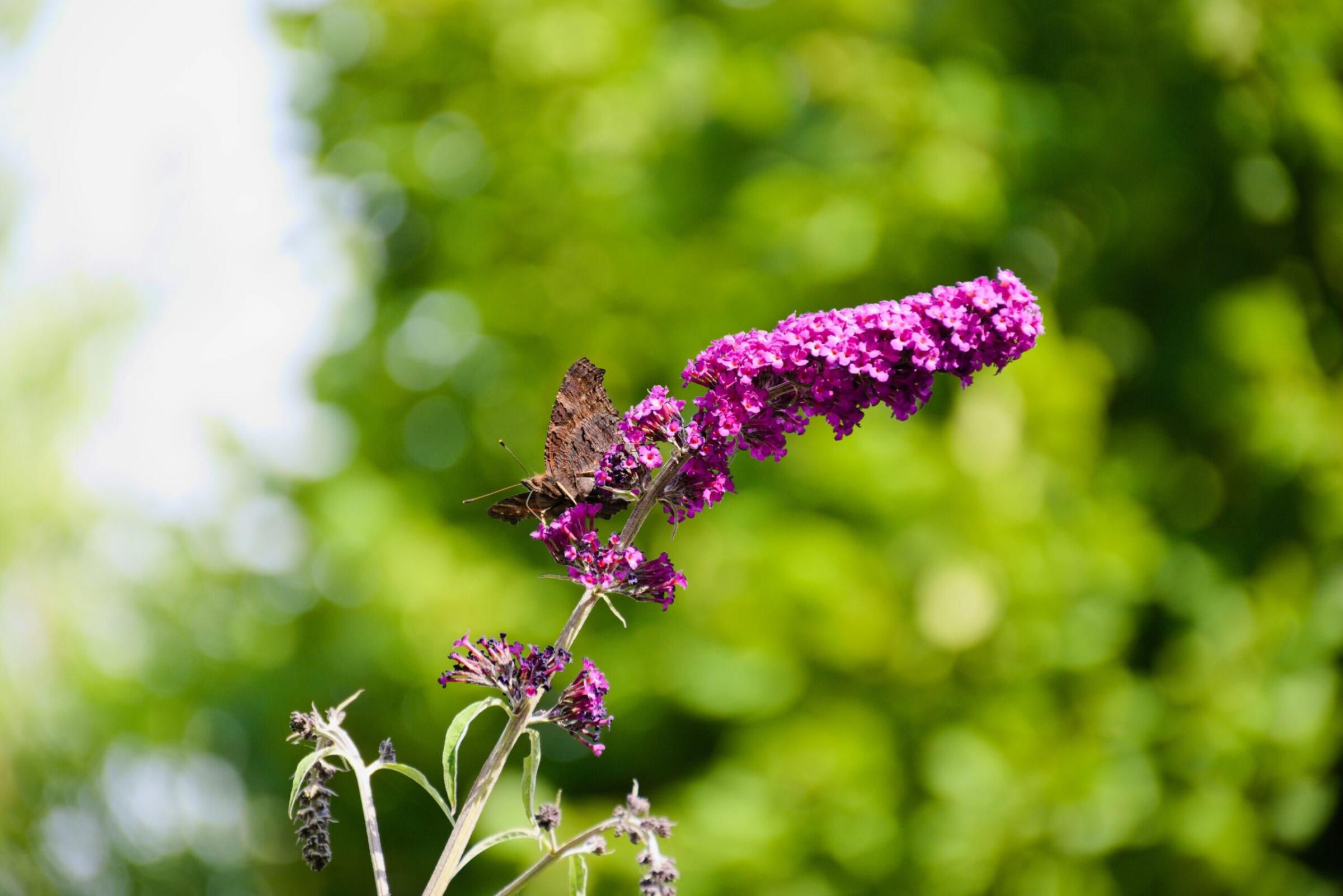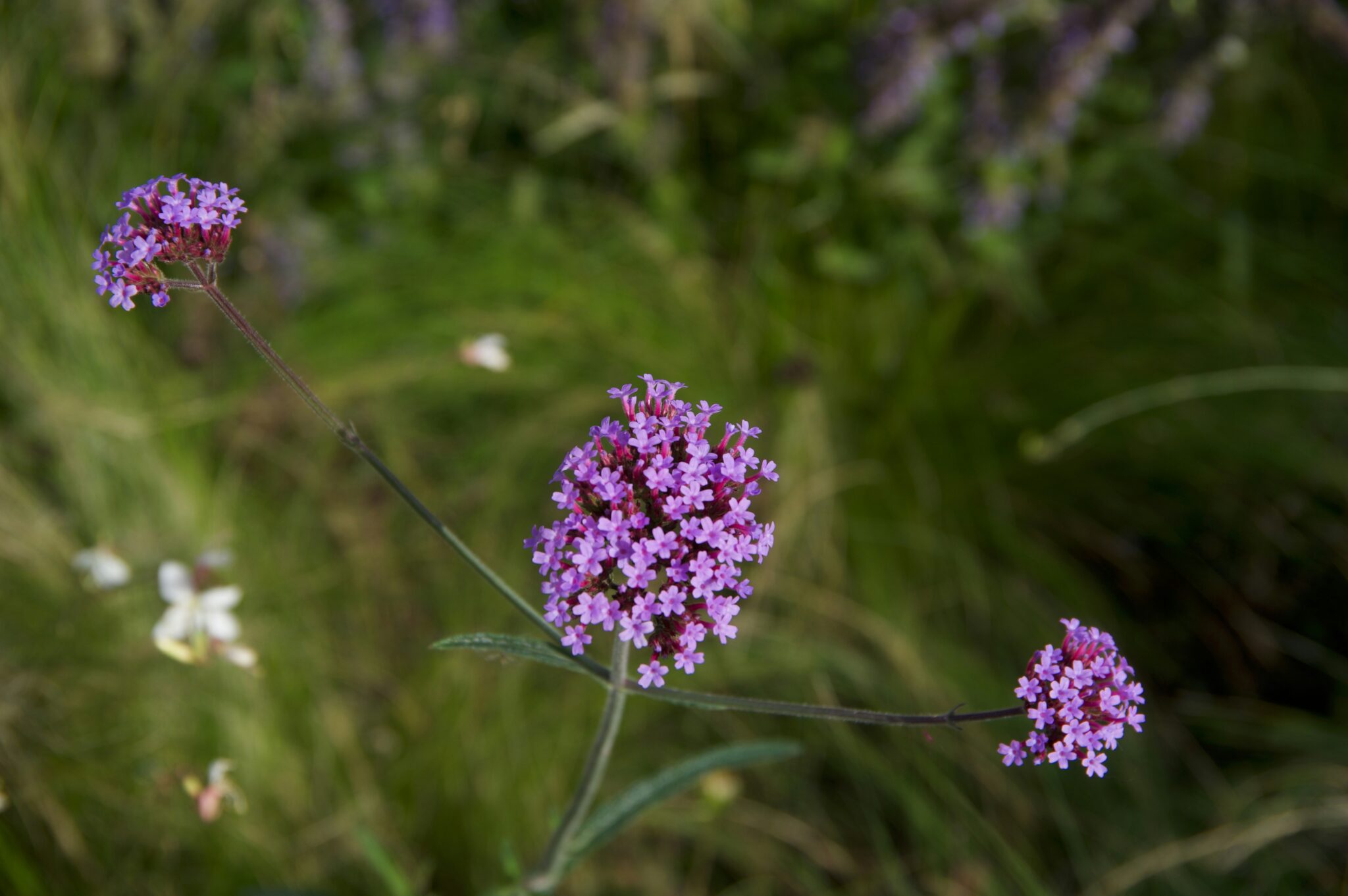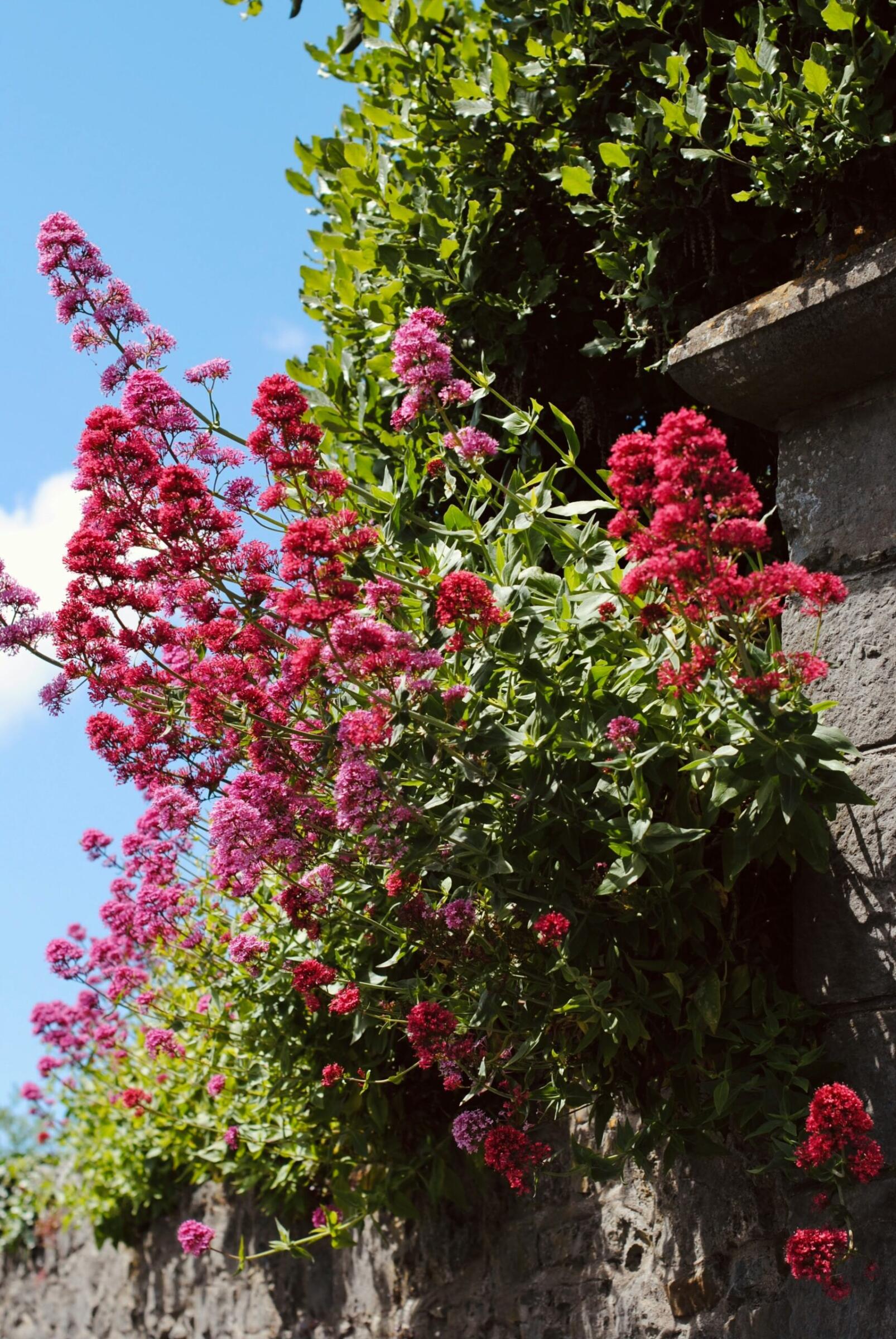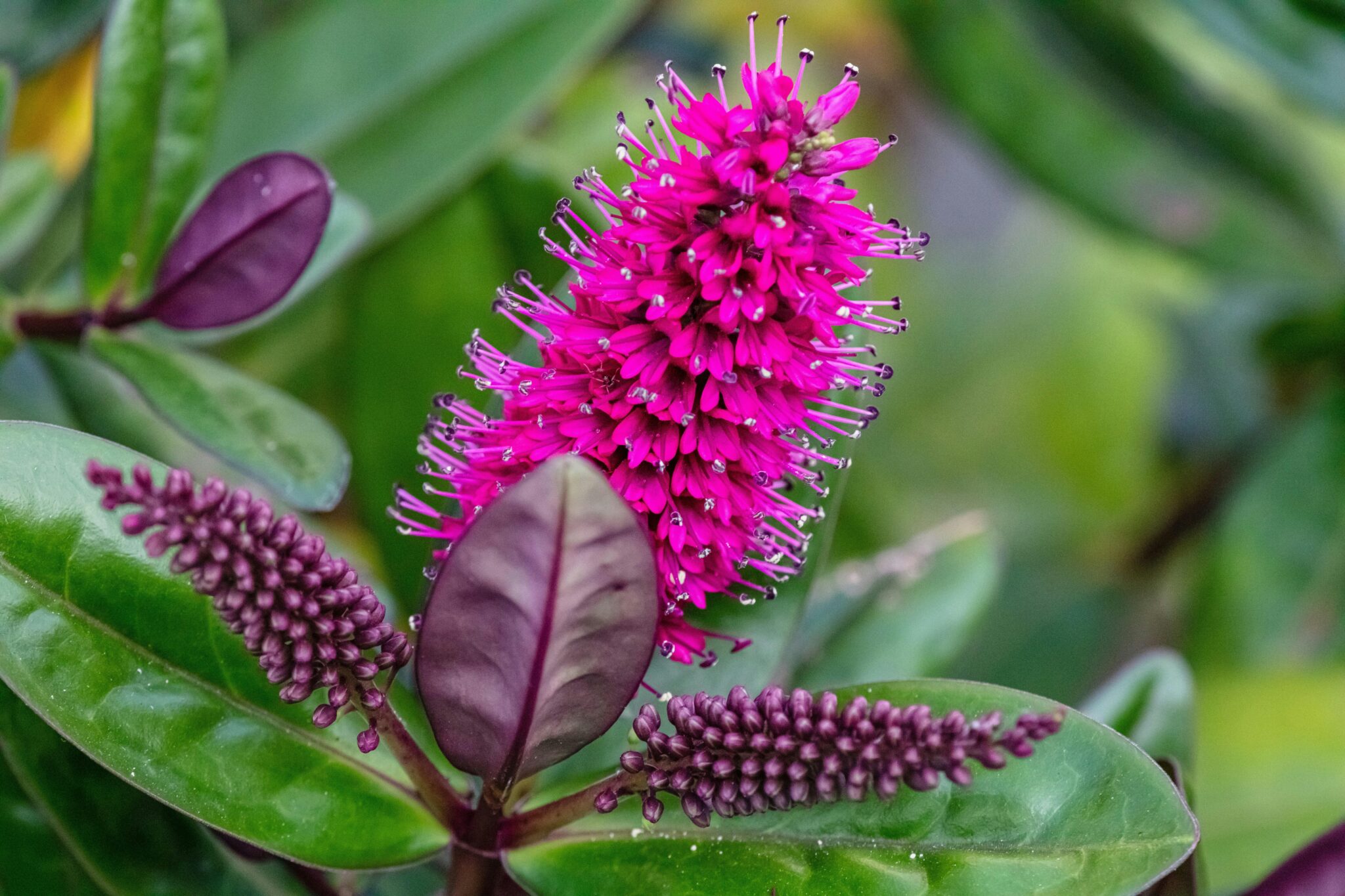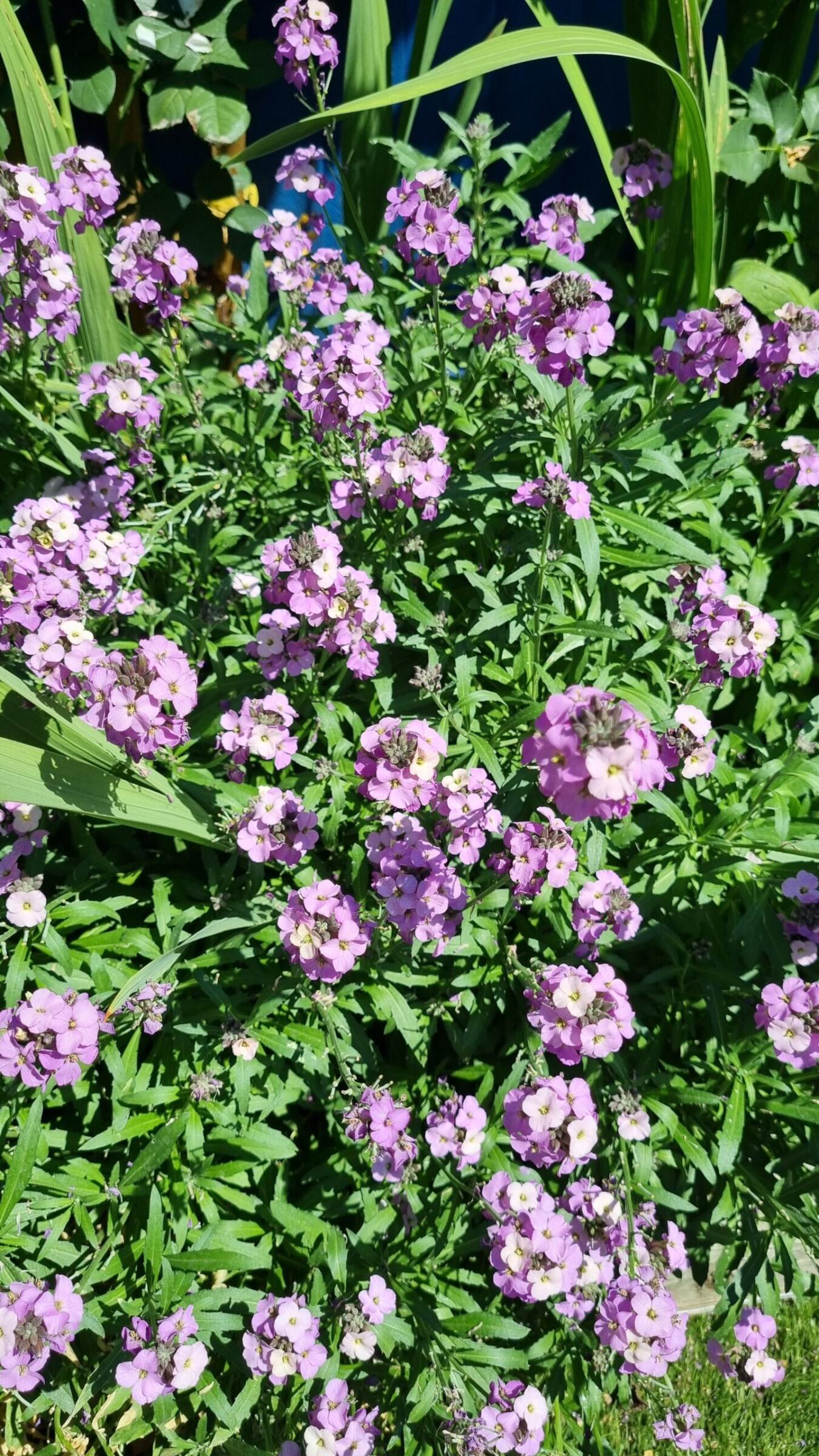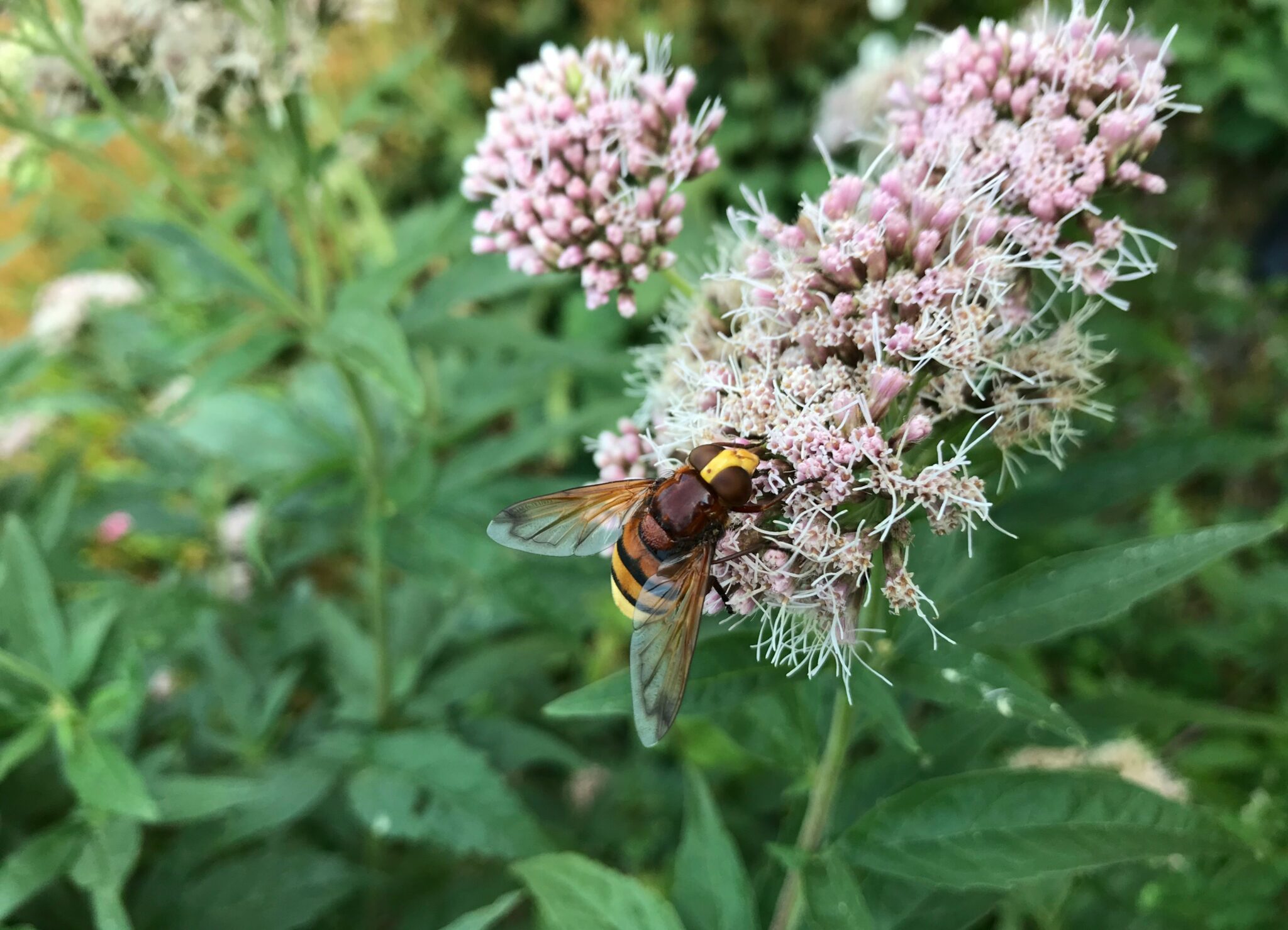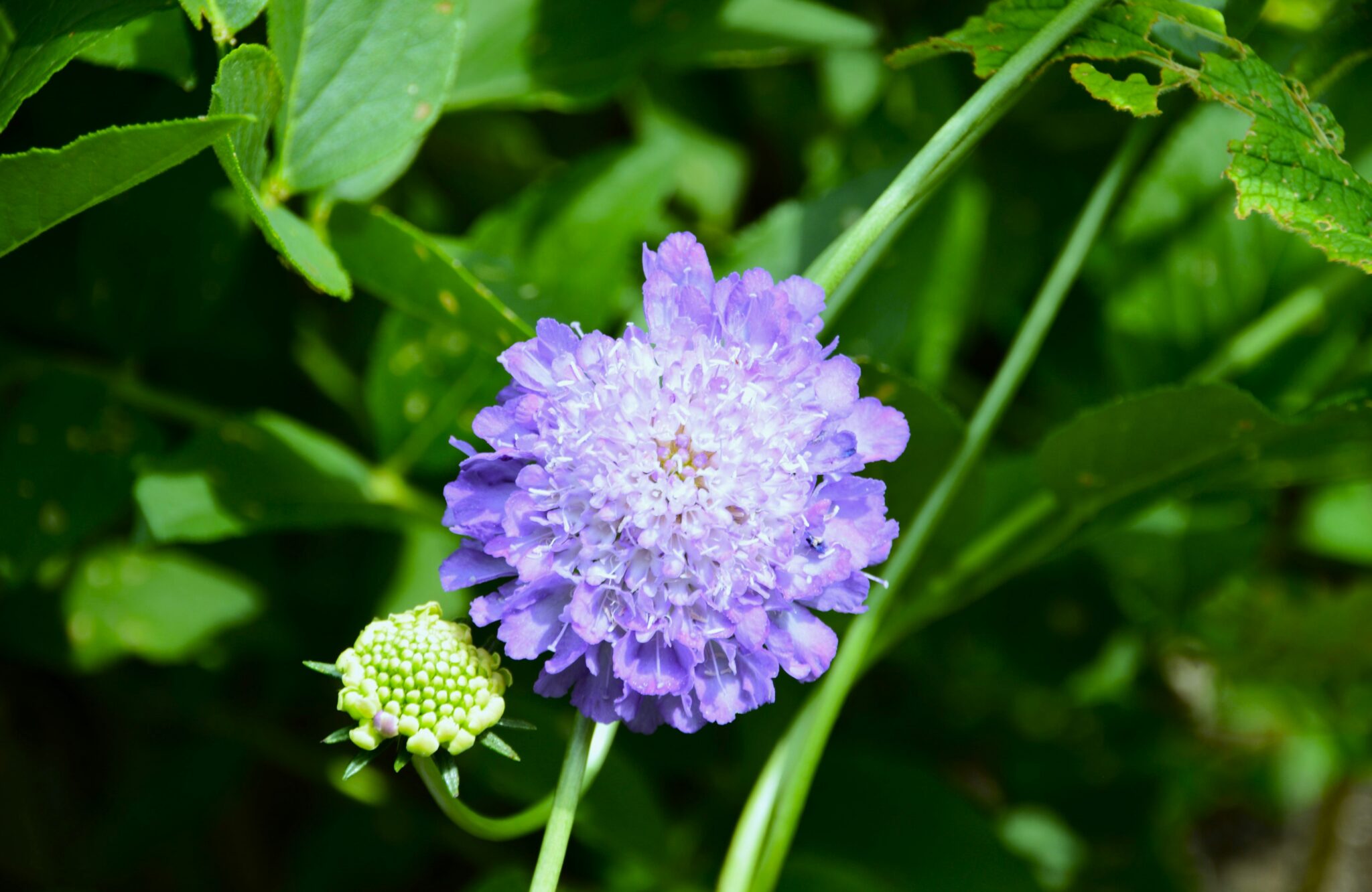Encouraging butterflies into your garden
By Ware Town Council Climate & Biodiversity Manager, Heidi Pateman
In the UK there are around 10 species of butterfly that are found in our gardens. Sadly, numbers of many butterflies are declining rapidly and need our assistance.
Do your bit by making them welcome in your garden. Adults feed on nectar, and can be seen collecting on flat, daisy-like blooms as well as plants with long, tubular flowers. The more of these you can grow in your garden, the better.
Butterfly caterpillars feed on leaves and flower buds of so-called ‘caterpillar food plants’. Caterpillars of some of the most colourful butterflies feed on nettles so if you have a garden big enough for a utility or wild area, consider letting nettles grow. Nettle fertiliser is particularly good for plants if you can bear the smell as it’s brewing!
Buddleia davidii
One of the best-known nectar flowers for adult butterflies, Buddleia davidii produces blooms over a number of weeks between summer and autumn. Grow a few varieties to extend the flowering season but if you’ve got a small garden perhaps grow them in pots as buddleia can grow very quickly if left to it’s own devices. photo 9
Verbena bonariensis
Tall, with lots of purple flowers on stiff, wiry stems, Verbena bonariensis can be grown through other plants or in a border on its own. It flowers late in the season and is extremely rich in nectar. photo 10
Red valerian
Red valerian, Centranthus ruber, performs best in poor, dry or chalky soils where it won’t be overwhelmed by other, stronger plants. It often flowers early and continues well into midsummer. photo 11
Hebe
As well as being a hardy evergreen shrub, hebes attract a range of insects, in particular bees and butterflies. The flowers come in white, purple and pink and most are relatively slow growing so are suitable for smaller gardens and time-short gardeners. photo 12
Erysimum ‘Bowles’s Mauve’
If regularly deadheaded, this flower can be relied on to flower from spring into autumn, providing nectar for butterflies across seasons. photo 13
Hemp-agrimony
These tough plants are tall and impressive and enjoy growing in damp areas including riverbanks and wet grasslands or woodlands. The pale pink flowers will attract red admirals and commas, amongst others. photo 14
Scabiosa Butterfly Blue
Like knapweed, field scabious (Knautia arvensis) is another plant that will pack wildflower areas with colour.
If you have a smaller space or prefer a more cottage garden feel, try Scabiosa ‘Butterfly Blue’. The flowers keep coming throughout the summer. photo 15
Don’t forget to provide food for butterfly caterpillars. Nettles, hops, lady’s smock, holly, ivy and meadow grasses provide food for a wide range of caterpillar species.
If you’re also a fan of moths, try Nicotiana which has tall stems of trumpet-like flowers in pink, mauve, creamy white or lime green.
cover photo credit: https://unsplash.com/@louisesmithma
